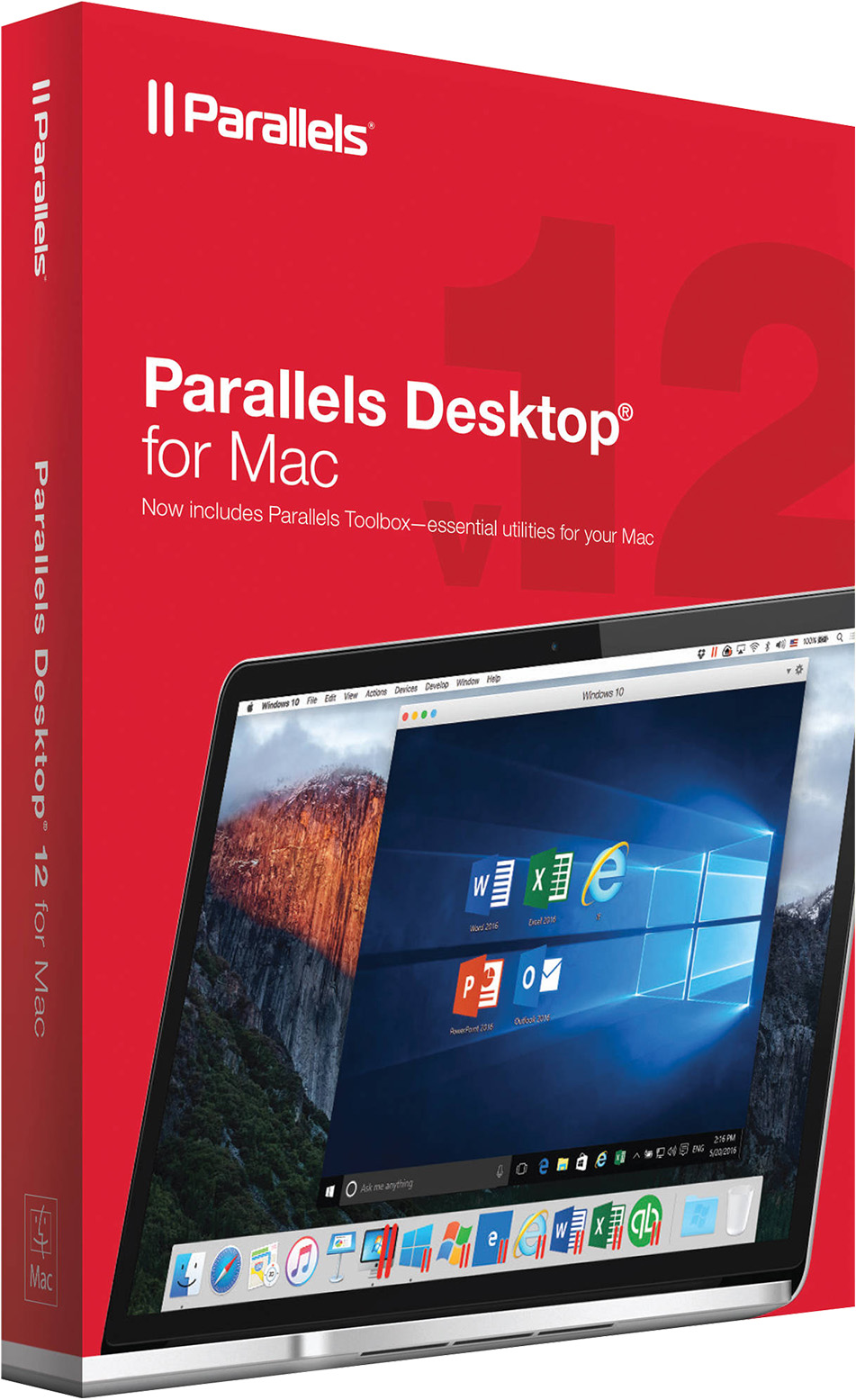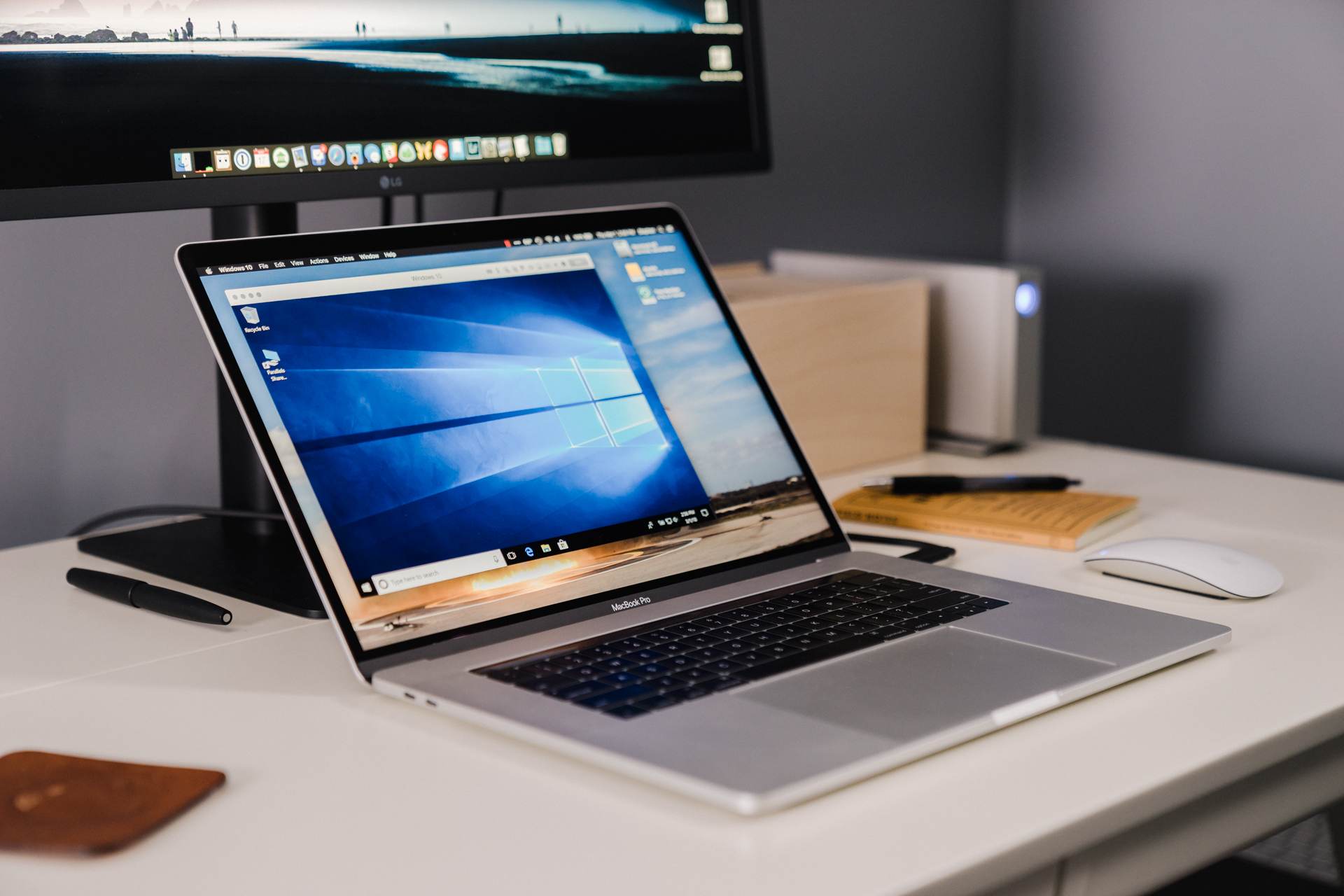Following the required reboot, I launched the new version and opened an existing Windows XP VM. The conversion process took only a few seconds, and then the VM booted. Immediately after logging in, the Parallels Tools installation wizard launched and installed all the necessary drivers in the VM. After that, the VM rebooted, and all was well. The new driver set is undoubtedly due to the new direct access graphics features of Parallels Desktop 3.0 as well as updates to the other drivers for the mouse, file sharing, and so on. From an end-user's standpoint, I noticed no difference in the way the Windows XP VM functioned, other than it seemed a bit speedier, and the boot time was reduced by roughly 20 percent. I do have to note that the simple drag-and-resize feature is extremely handy. Rather than mess around with screen resolution settings within the VM, simply dragging the edge of the VM window resizes the VM desktop on the fly -- very cool.
Snapshots are as simple as you would expect. Creating a snapshot of my 8GB Windows XP VM took 30 seconds, and the snapshot was immediately available. I took a few more snapshots and reverted to an older one. The process of reverting to a snapshot involves either opening the snapshot manager and selecting the snapshot, or simply clicking a button on the right-hand panel. Either way, reverting to a prior snapshot with minimal changes between snaps took only 25 seconds. The snapshot manager's layout is simple and shows images of the desktop appearance when the snapshot was taken to assist in snapshot identification. The whole process is simple and elegant.
Then I tackled a tougher challenge: Installation of Microsoft Windows Vista Ultimate. I took the easy route and allowed Parallels to slipstream the installation. This involves entering the Vista product key into the Parallels VM installer window and selecting whether to prioritize performance for OS X or Vista (giving Vista priority is the recommended choice). I acquiesced, slipped in the Vista installation DVD, and waited while the Vista installer cranked and hammered.
I was interested to note that although Microsoft recommends 1GB RAM for Vista, the default in Parallels is 512MB. My MacBook Pro has 2GB of RAM, and I would think that allocating 1GB to the VM would be appropriate here, especially given Vista's penchant to consume all available system resources.
The installation of Vista Ultimate took around 40 minutes from inserting the DVD to logging into the new VM. Following the first boot, Parallels automatically installs all necessary drivers, although they are unsigned and require manual confirmation at each step -- a minor annoyance. During the whole install process, the load on the MacBook Pro hovered around 1.25, which is actually remarkably good.
After installation of Vista, I installed Office Ultimate 2007. In total, the Vista and Office installation required nearly 16GB of disk space -- and Parallels' default disk size for the Vista install was 30GB, which was also the total free space on the MacBook's hard drive.
Windows Vista inside
Although Parallel's Coherence mode isn't new in the new version, it's still notable due to the relatively seamless nature of application presentation. In Coherence mode, the VM desktop isn't trapped within the Parallels window; instead, applications running within the VM appear as unique windows on the OS X desktop, and application interaction is functionally identical to native OS X apps. For those wishing to run only one or two Windows applications on OS X, this is surely the ticket. I did experience some significant sluggishness at times when running the Vista VM, always tied to heavy disk I/O. With a faster system -- and especially a system with a faster disk I/O subsystem -- these problems will likely be reduced.
The Parallels Explorer lets you browse VM virtual disks without powering up the VM itself. It offers a rather rudimentary navigation interface that mimics the OS X finder, and allows drag-and-drop file access. I found it functional and surprisingly fast.
Parallels
One definite downside with Parallels Desktop 3.0 is that even with the new direct graphics controller access features, Vista's Aero effects aren't supported. The issue is that Parallels supports DirectX 8.1, but Aero requires DirectX 9.0. In fact, I've heard that the 3D acceleration is only functional under Windows XP for the moment, but I couldn't corroborate this statement before press time.
All in all, Parallels Desktop 3.0 is an amazing product for the $79.95 price. It integrates very well into OS X, looking and behaving like a native application while providing outstanding functionality. Make no mistake -- running two heavy operating systems on a single system will result in periodic slowness, especially during high disk I/O operations. But Parallels handles the task elegantly, and it certainly fits hand in glove with Mac OS X.
Parallel Program For Mac
| InfoWorld Scorecard | Performance (20.0%) | Ease of use (25.0%) | Overall Score (100%) |
|---|
| Parallels Desktop 3.0 for Mac | 10.0 | 9.0 | 9.0 | 9.0 | 9.0 | 9.1 |
Parallels For Mac Home
- Stay up to date with InfoWorld’s newsletters for software developers, analysts, database programmers, and data scientists.
- Get expert insights from our member-only Insider articles.


